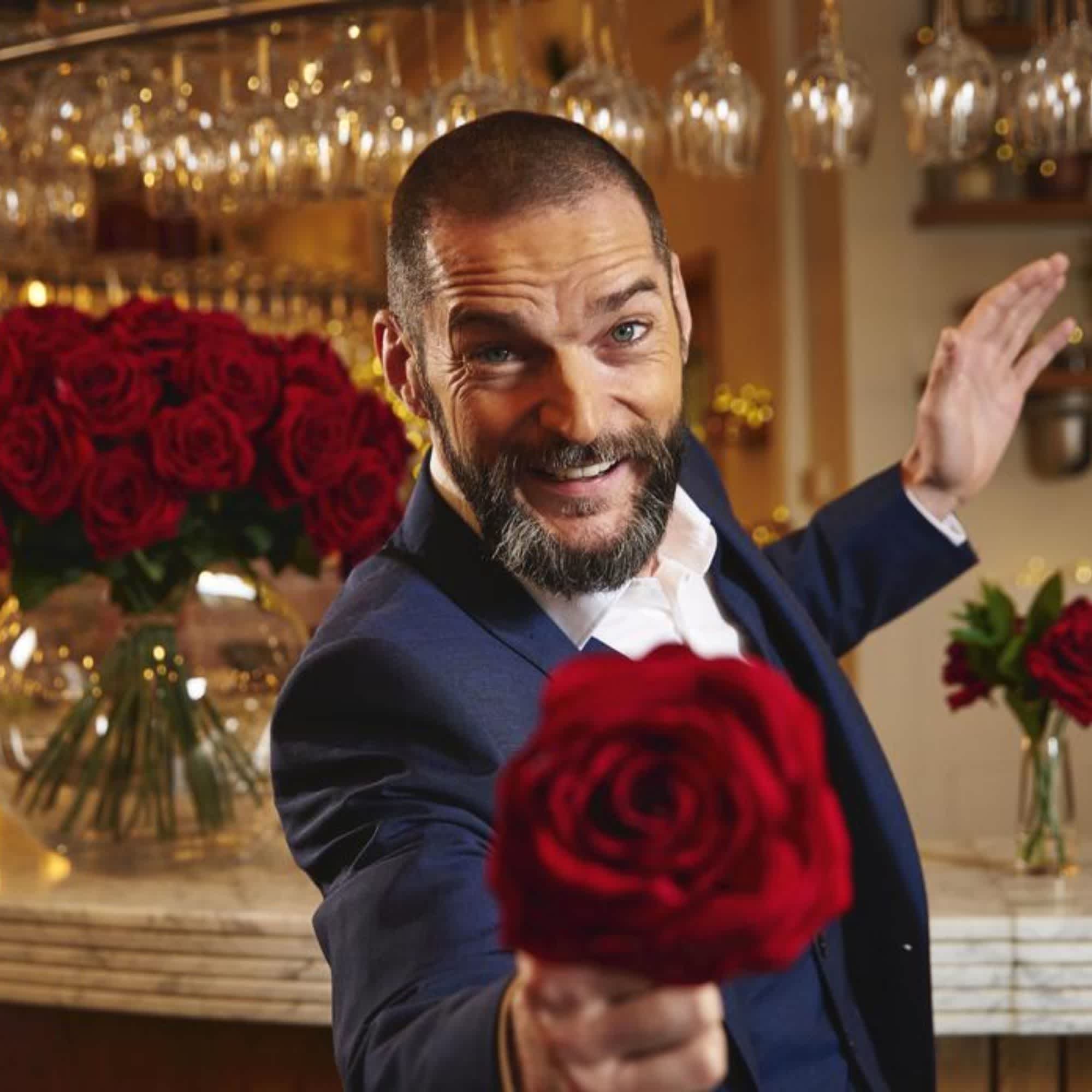
- POPSUGAR Australia
- Living
- How to Define the Relationship, Because You’ve Been Thinking About It For a While
How to Define the Relationship, Because You’ve Been Thinking About It For a While

If you’re lucky, at some point in your life, you will look into our crush’s eyes and wonder: What are we? Then, despite the dreaminess you usually feel when gazing into their eyes, you might be filled with dread instead, at the looming conversation you’ll have to have to answer that very question. It’s certainly not an enviable position, but it happens, and it’s going to be okay. Sometimes your relationships progress before your labels for them do, and you need to pause so you can define them. If you’re realising that it’s time for you to DTR, or Define the Relationship, here’s what you need to know.
Do You Have to DTR?
Defining the relationship requires honestly and vulnerability; you have to know what you want and express that to someone else, and for many people that doesn’t come easily. Often, it can feel easier to deal with the messiness of an undefined relationship than to find out your person doesn’t want the same things you do.
So, do you even have to DTR? Technically, no. If you’re not bothered or concerned about the status of your relationship or you’re confident you and your partner are on the same page, there’s no reason you have to have a chat. However, if you’re unsure or insecure about where you stand, or you feel the need for a more official commitment, then it’s important you communicate that with your partner.
Remember that defining the relationship is your choice, and that you don’t need to do it for external validation. If you have questions about your relationship or want to try labels like “girlfriend,” “boyfriend,” or “partner,” it’s probably time to have the DTR talk.
Consider the Time and Place
Just the premise of defining a relationship can bring up a lot of anxiety, but it’s important not to let your fears dictate how the conversation goes. “The same way we set the mood for romance, we also need to set the mood for vulnerable and sensitive conversations,” said Janika Veasley, MFT, LMFT, a licensed marriage and family therapist. “Make sure to introduce the conversation in a calm and relaxed environment, not when things are tense or on the heels of an argument.” Although it might be tempting to blurt out what’s been on your mind after a night out, try to set up an intentional moment to DTR when you and your partner are comfortable instead.
Change Your Mindset
Say it with us: Defining a relationship doesn’t have to be scary. According to Lindsay Jernigan, Ph.D., licensed clinical psychologist, defining a relationship “should be about vulnerably, expressing how you feel, openly exploring your hopes and dreams for the relationship, and actively listening to the other person as they do the same.” With this shifted mindset, DTR-ing can be fun (who doesn’t want to talk about their hopes and dreams?), and it’s also a reminder that it takes two to define a relationship. Though you may be initiating the conversation, you won’t be the only person being vulnerable.
Jernigan has some practical advice for working through your anxiety as well. “If you are anxious in the moment, keep your body calm and present by taking some deep breaths, and notice simple sensations like the feeling of your back on your chair or your feet on the floor,” she said. “You can also use eye contact with your partner as a way to stay grounded in the present. Finally, consider having your conversation outside for extra grounding, or even walking, which helps settle the central nervous system.”
Focus on the Potential Upsides
If you want to define your relationship, you should do it sooner rather than later. “Whether you want to take things to the next level, or you’re happy keeping it casual, [defining the relationship] gets you on the same page and helps prevent any painful misunderstandings down the line,” relationship coach Jodie Milton told POPSUGAR.
You might feel like you’re protecting yourself by avoiding the DTR conversation, but there’s a trade-off that comes with your silence. If you have the conversation, Milton explained, “It means you can stop pulling your hair out trying to decipher each other’s text messages or overanalyzing every single interaction you have.” There’s no reason to deal with the stress of not knowing how your person feels, or with the stress of hiding how you’re truly feeling. Even if they don’t feel the same way, you’re saving yourself from prolonged turmoil when you DTR.
Be Honest and Clear
Once you initiate the conversation, remember to be honest with your partner. If you’re having the DTR talk in the first place, you might as well actually say what you want.
“The biggest mistake [that people make] is not being completely honest,” Milton told POPSUGAR. “If what you really want is a casual relationship, don’t say yes to going steady. And if you’re really wanting more, don’t back away from your true feelings. It might seem like you’re protecting yourself from embarrassment or losing the relationship, but unless you’re upfront with what you want, there are likely to be hurt feelings in the long run.”
Try not to focus on how your desires will be perceived. “[Sometimes] women are afraid to bring up ‘the relationship conversation’ because they are afraid of seeming ‘needy’,” Jernigan said. “This is largely the result of a misogynistic culture that has taught women that having their own needs and wishes is undesirable, and an individualistic culture that has pathologized a desire for connection and commitment and instead privileges independence as a sign of strength and maturity.”
It may seem daunting to share what you truly think, but remember that doing so is the only way to get the relationship you actually want. “The goal isn’t to be in any relationship, the goal is to be in a relationship that is an honest fit for you,” Jernigan said.
Make Sure Your Partner Feels Involved
One way to centre the conversation is by using “I” statements as a way to frame what you want clearly. For example, saying, “I want to be in an exclusive relationship with you,” is a clear and simple way to tell your partner what you’re looking for.
By using “I” statements, you’re sharing what you think, and in turn allowing your S.O. to share “I” statements of their own. Milton also told POPSUGAR that “It’s good to ask open-ended questions, like ‘How do you feel about us spending more time together?’ instead of ‘Do you want to hang out more?’ This allows them space to answer, rather than forcing them into a yes or no answer.”
Don’t Be Afraid to Prepare
“If you find that you are a bit nervous, then perhaps consider making a list of the things that are important to share in the DTR conversation,” Veasley said. “It doesn’t need to take a lot of time to prepare, but make sure you are clear on what you want and need for the other person.”
Being in the right headspace is also part of the preparation process. “The important ‘preparation’ is to be self-aware and grounded,” Jernigan said. “You may not know exactly what the outcome will be as you start the conversation; you may build the definition of your relationship together as you share and listen. Just be ready to be honest, be a careful listener, and be brave enough to honor your own true feelings.”
Defining the relationship may seem scary, but you can do it. By putting yourself out there, sharing how you feel, and self-advocating, you’re setting yourself up for success, regardless of how the other person responds. You’ve got this!


